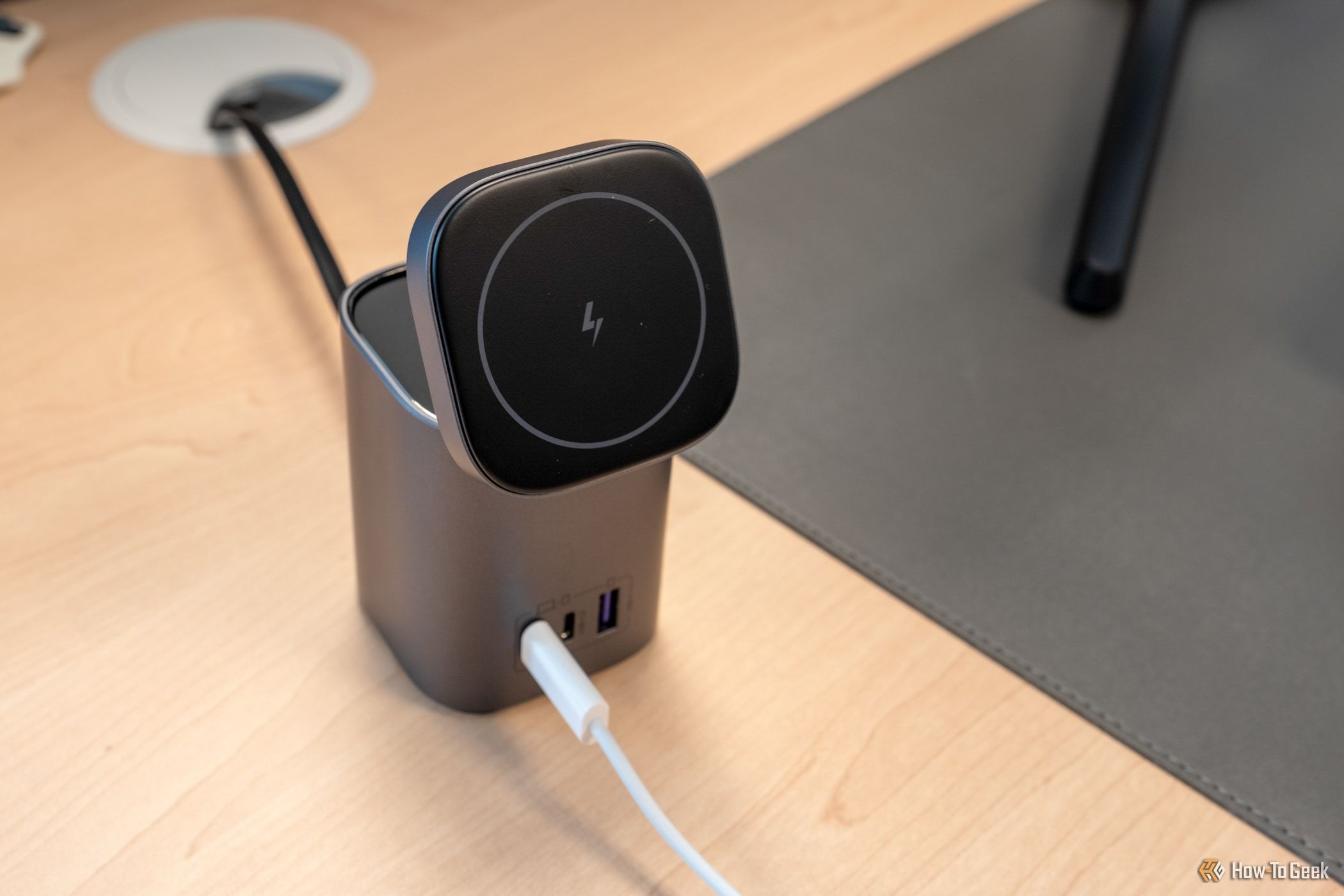Choosing between wireless chargers and traditional chargers can be confusing given the advancements in technology. Understanding the key differences, mechanisms, and benefits of each type can help you make an informed decision. This comprehensive guide explores the distinctions between wireless and traditional chargers, delves into their safety features, and discusses why you might consider switching to wireless charging. By comparing these two charging methods, you can determine which option best suits your needs and lifestyle.
What Are the Key Differences Between Wireless and Traditional Chargers?
Charging Speed and Efficiency
One of the primary differences between wireless and traditional chargers is the charging speed and efficiency. Traditional chargers, which use direct electrical connections, typically offer faster charging times due to their ability to transfer power directly to the device. Wireless chargers, on the other hand, rely on electromagnetic fields to transfer energy, which can result in slower charging speeds. However, advancements in wireless charging technology, like those found in the wireless charger for iphone, are closing this gap, offering competitive charging times with improved convenience.
Convenience and Usability
Wireless chargers provide a significant convenience advantage over traditional chargers. Without the need for cables, you can simply place your device on a charging pad, reducing clutter and wear on charging ports. This makes wireless charging ideal for busy environments or for those who frequently charge multiple devices. Traditional chargers, while often faster, require plugging and unplugging, which can be inconvenient, especially if you need to charge multiple devices simultaneously. The ease of use and versatility of wireless chargers make them a popular choice for modern consumers.
Cost and Availability
The cost and availability of chargers are also important factors to consider. Traditional chargers are generally more affordable and widely available, as they have been the standard for many years. Wireless chargers, while initially more expensive, are becoming more accessible and affordable as the technology advances and adoption increases. Investing in a high-quality wireless charger, such as those offered by Anker, can provide long-term value by reducing cable wear and offering a more streamlined charging experience.
How Do Wireless Chargers Work Compared to Traditional Chargers?
Mechanism of Wireless Charging
Wireless charging operates on the principle of electromagnetic induction. When a device is placed on a wireless charging pad, an electromagnetic field is created between the charger and the device, transferring energy through inductive coupling. This method eliminates the need for physical connectors and provides a seamless charging experience. Devices like the Anker MagGo Power Bank (10K) utilize Qi2 certified 15W wireless charging to deliver fast and efficient power boosts without the hassle of cables.
Mechanism of Traditional Charging
Traditional charging involves a direct electrical connection between the charger and the device through a cable. The charger converts AC power from a wall outlet into DC power suitable for the device’s battery. This direct connection ensures efficient power transfer and typically results in faster charging times. Traditional chargers are straightforward and reliable, making them a consistent choice for many users.
Advantages and Disadvantages
Both charging methods have their own advantages and disadvantages. Wireless chargers offer convenience and reduced wear on device ports but can be slower and more expensive. Traditional chargers are faster and more affordable but come with the inconvenience of cables and potential port damage over time. Choosing between the two depends on your specific needs and preferences, such as whether you prioritize speed or convenience.
Are Wireless Chargers Safer Than Traditional Chargers?
Built-in Safety Features
Quality wireless chargers come equipped with advanced safety features to protect your devices. These features include temperature control, overcharge protection, and foreign object detection. For example, Anker wireless chargers are designed with multiple safety mechanisms to ensure safe and efficient charging. These built-in features help prevent overheating and short circuits, providing peace of mind when charging your devices wirelessly.
Risk of Overheating and Overcharging
Overheating and overcharging are common concerns with both wireless and traditional chargers. High-quality chargers, like those from Anker, incorporate technology to mitigate these risks. Wireless chargers automatically stop charging once the device is fully charged, preventing overcharging. Temperature control systems keep the device at an optimal temperature, reducing the risk of overheating. These safety measures are crucial in extending the lifespan of your device’s battery and ensuring safe operation.
Durability and Longevity
Durability and longevity are important considerations when choosing a charger. Wireless chargers tend to have fewer moving parts and connectors, which can reduce wear and tear over time. This makes them potentially more durable than traditional chargers, which are prone to cable fraying and port damage. Investing in a high-quality wireless charger can provide a longer-lasting and more reliable charging solution, reducing the need for frequent replacements.
Why Should You Consider Switching to Wireless Chargers?
Environmental Impact
Switching to wireless chargers can have a positive environmental impact. By reducing the number of cables and connectors, wireless charging minimizes electronic waste. Additionally, many wireless chargers are designed to be more energy-efficient, reducing overall power consumption. Choosing eco-friendly options like Anker’s wireless chargers contributes to a more sustainable charging solution and supports environmental conservation efforts.
Compatibility and Future-Proofing
Wireless chargers offer broad compatibility with a wide range of devices, including smartphones, tablets, and wearables. As wireless charging technology continues to evolve, it is becoming a standard feature in many new devices. Investing in a quality wireless charger ensures you are prepared for future advancements and can charge multiple devices with a single charger. This future-proofing aspect makes wireless chargers a smart investment for tech-savvy consumers.
User Experience and Aesthetics
Wireless chargers provide a sleek and modern charging solution that enhances user experience. Without the clutter of cables, wireless chargers offer a cleaner and more organized look. The convenience of simply placing your device on a charging pad and the versatility of charging in different orientations add to the overall user experience. Products like the wireless charger for iPhone exemplify the blend of functionality and aesthetics, making them a stylish addition to any space.
Conclusion
Choosing between wireless and traditional chargers depends on your specific needs and preferences. Wireless chargers offer convenience, enhanced safety features, and a cleaner aesthetic, while traditional chargers provide faster charging speeds and are generally more affordable. Understanding the key differences, mechanisms, and benefits of each type can help you make an informed decision. High-quality wireless chargers, like those offered by Anker, combine advanced technology with user-friendly design, making them a valuable addition to your charging arsenal.
Keep an eye for more news & updates on Gossips!




